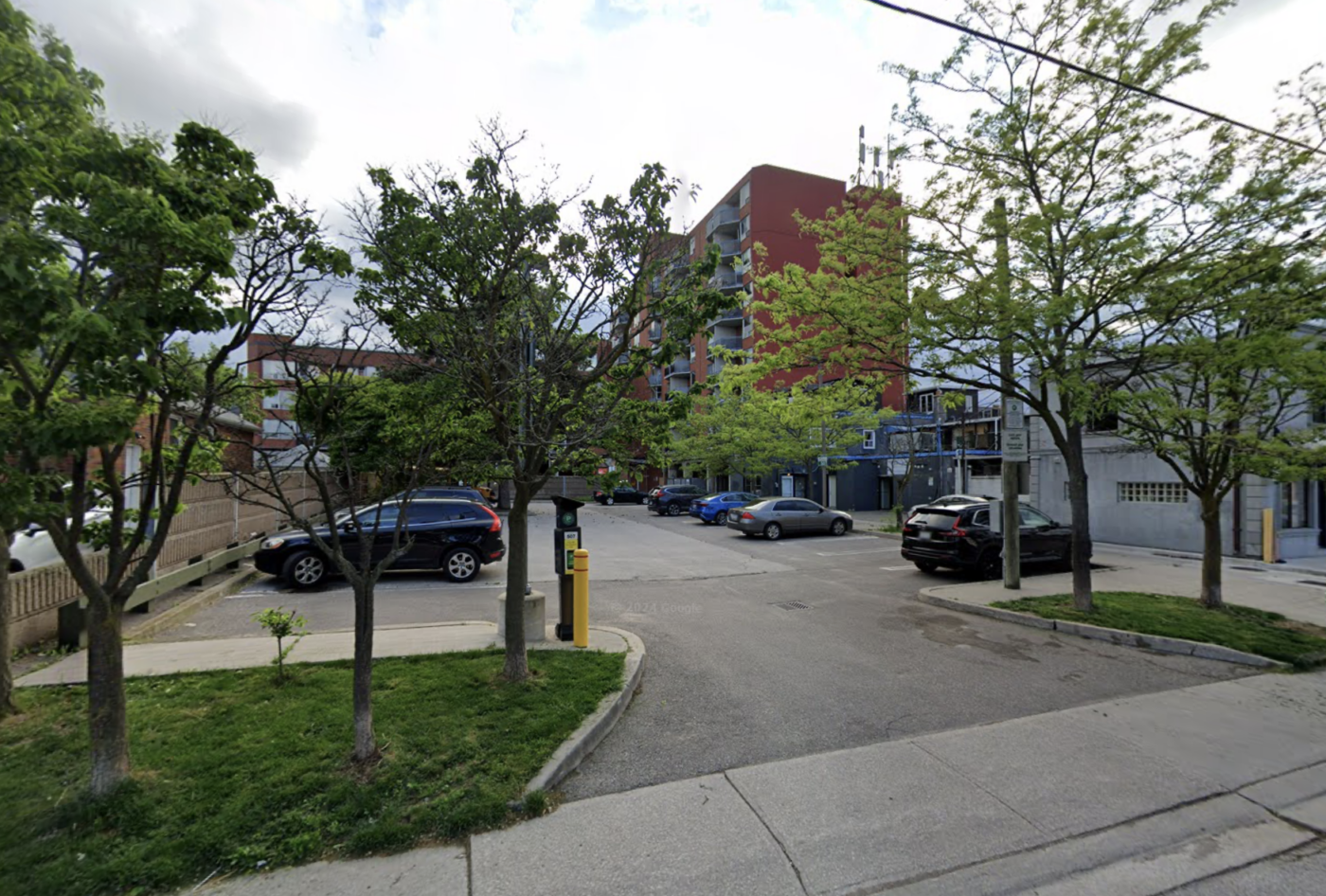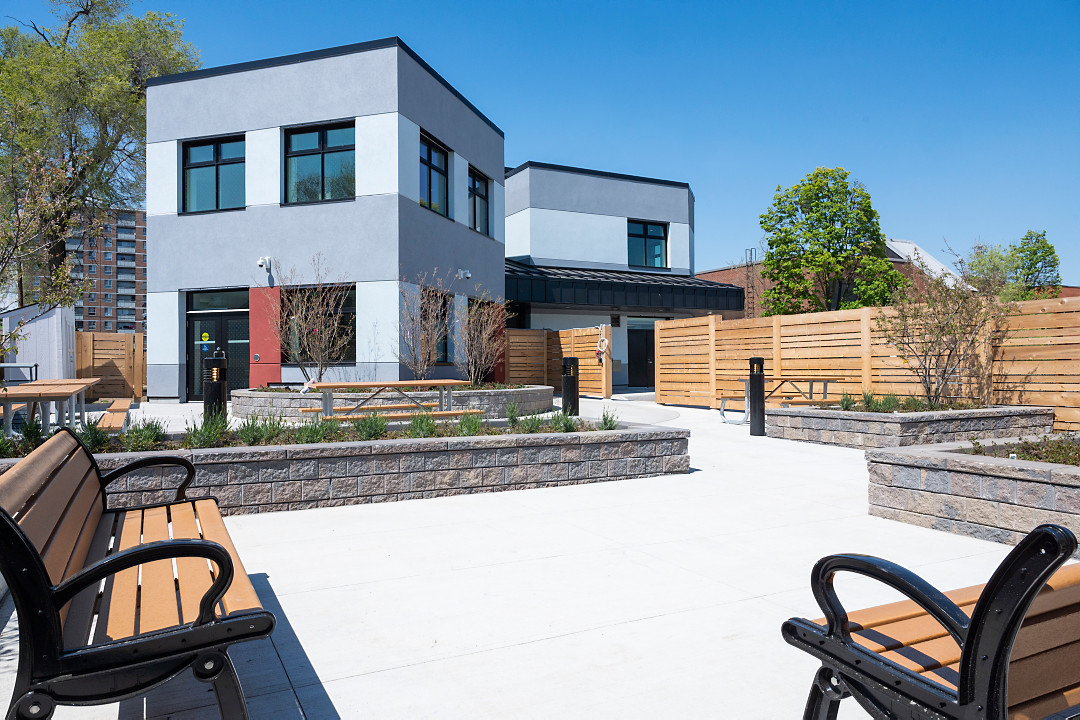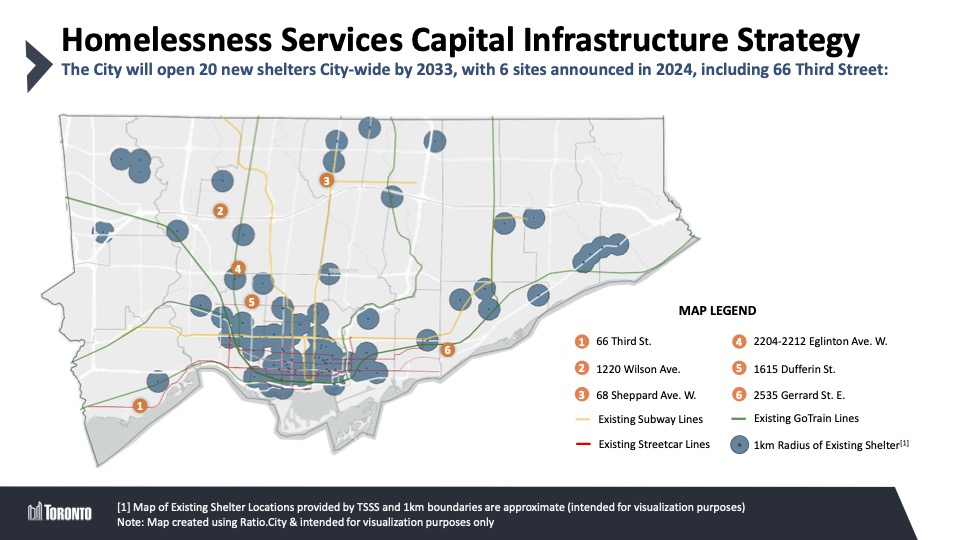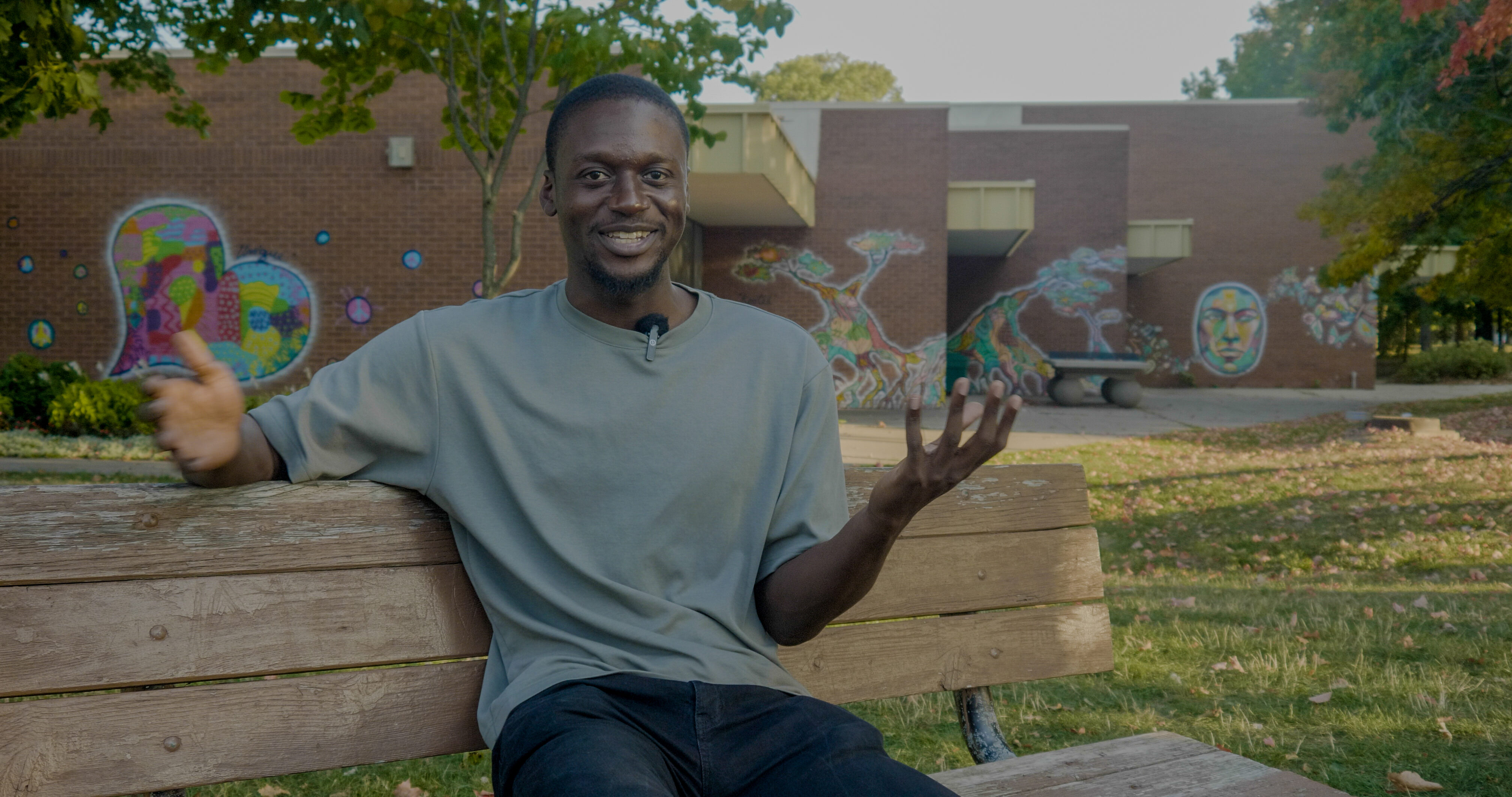THE GREEN LINE
DOCUMENTERS NOTES
Seniors’ shelter moves forward at controversial location in Etobicoke
Around 300 community members attended an online consultation on a senior’s shelter to open in the neighbourhood of New Toronto in 2028-2030.

Green P Parking lot at 66 Third Street that was chosen as the site for a seniors’ shelter.


Morgan Miya
Curious luddite who firmly believes that community is everything and works towards keeping her neighbourhood of Little Jamaica healthy. Loves to travel the world within Tkaronto.
April 25, 2025
These city meeting notes are part of Documenters Canada. Learn more about our program here.
Community members both for, and against, a new seniors’ shelter at 66 Third Street in Etobicoke raised their concerns in a packed online community consultation.
Former city councillor Joe Mihevc chaired and facilitated the meeting on April 15. Loretta Ramadhin, the Director of Infrastructure, Planning and Developer for Toronto Shelter and Support Services (TSSS) announced that the shelter will serve seniors, defined as adults aged 55 or older.
Currently, Toronto only has two seniors shelters. Sixty-six Third Street will be a pet-friendly shelter that provides 50 spaces.
The shelter will be operated by Christie Ossington Neighbourhood Centre (CONC). Shelter residents will come from Toronto’s central intake phone service.
shelter services
- Shelter staff on-site 24/7
- Physical and mental health care supports
- Meals and laundry
- Counsellors who work with clients to develop permanent housing plans
- Recreation and social programming
- Assessments and referrals to other community services
Gordon Tanner, the General Manager at TSSS, said that all shelters offer access to safe drug use supplies and condoms – supplies widely available at hospitals, community centers, and pharmacies.
“Given again that this is a shelter for seniors you won't see a lot of people using substances, but that can happen,” he said.
Two community members were invited to give five minute presentations. David Margulies spoke for the neighbourhood group called the New Toronto Initiative,
The group has protested the site selection for the shelter and started a fundraising drive that has raised over $10,000.
Margulies expressed concern over shelter residents using substances in the community, given that the shelter will not be a safe consumption site.
“Consumption will not be permitted on premises, which will obviously cause spill out to the alleyway behind Woods Manor, nearby parks, along streets, school playgrounds, and along the waterfront trail endangering...both shelter clients and the community.”
Margulies also expressed safety concerns over the shelter residents, citing that they would not come from the community of New Toronto.
“The shelter will be part of central intake and will import people from outside the area and will also likely take in some of those released from the local jail if they don't have a fixed address.”
Lynn Daly, the executive director of CONC, addressed the safety concerns.
“I know that security and safety are front of mind for people. And I want to say this is absolutely front and center for all of us, for our staff, for the community, for all of our participants. As you see how we work with the community and our community of residents, you'll see that it's a very peaceful, joyful place that we build.”

design of outdoor space provided for shelter residents at 66 Third Street.

The second presentation from a community member came from Erin Panjer of the Etobicoke Lakeshore Shelter Support Coalition.
She urged fellow community members to support the site selection of shelter given the urgency of Toronto’s housing crisis.
“Over 10,000 people in Toronto are unhoused with about a quarter of them residing in Etobicoke,” Panjer said.
"In the first six months of last year, according to Toronto public health, there was an average of more than five deaths per week among people experiencing homelessness. Twenty-six per cent of homeless folks in Toronto are 55 and up,” Panjer said.
Simon McKenzie, a development manager with Create TO, addressed the site selection.
“The key criteria for selection was site availability, zoning, permissions, site size, proximity to existing shelters, access to amenities, and proximity to transit.”
McKenzie said the site was deemed surplus by the Toronto Parking Authority so it was immediately available. This was critical to meet new shelter construction timelines in terms of zoning.
“In terms of proximity from existing shelters we've identified a clear shelter gap within New Toronto,” he said.
McKenzie encouraged community members to view the diagram illustrating this in the presentation slides.

map of existing shelters in toronto.

Margulies expressed frustration that New Toronto already has more supportive housing than any other part of the ward.
“This tiny neighborhood, which represents less than 3.5 per cent of the ward's area, and less than 10 per cent of the population already houses a majority of the ward's supportive housing needs,” he said.
"This is not a case of ‘nimby', but for all the reasons we have described, it is rather a case of 'A and B' – already in our backyard. And folks, our backyard is full at the moment,” Margulies said.
Panjer said fears about people experiencing homelessness prevented a nearby proposed shelter from moving forward.
“ The fear surrounding unhoused persons and the planned shelter is not new to our community. It's a fear that unfortunately is pervasive across the city,” she said.
“Back in 2020 when they [Toronto] proposed a different, bigger shelter – a project of 95 beds – the same fear arose as an indirect result,” Panjer said.
The proposed shelter site of 2950 and 2970 Lakeshore Boulevard “remained stagnant, unused buildings” and the homelessness crisis worsened, she said.
Panjer asked community members fearful of shelter residents to see them in a different light.
"Until we start seeing unhoused people as fellow neighbors, residents, and friends, until we unlearn harmful narratives about unhoused folks, many will suffer, struggle and die with the shelter not due to open until 2028 or 2030.”
What were the results of the discussion?
Daly invited community leaders to join City Councillor Amber Morely’s office in touring existing seniors’ shelters run by CONC.
If you want to provide feedback on the shelter, you can contact 66third@gmail.com
Fact-Check Yourself
Sources and
further reading
Don't take our word for it —
check our sources for yourself.
Care about our city, but don't know how to make it better? Sign up for simple, step-by-step guides to solving problems in your neighbourhood — one small action at a time.
